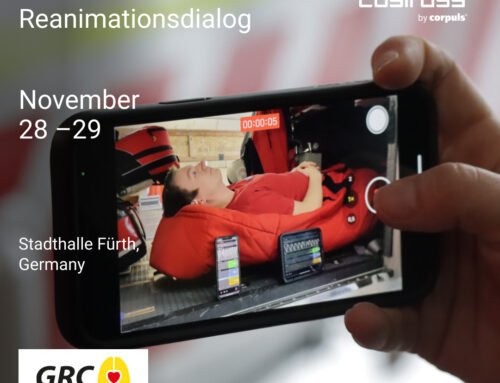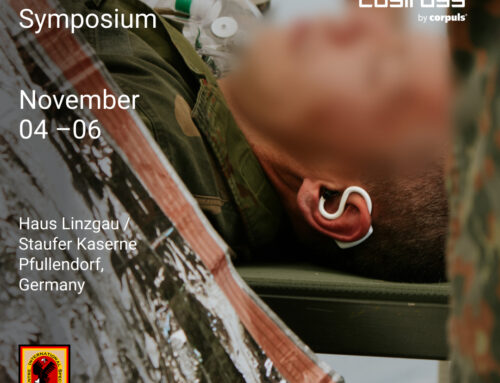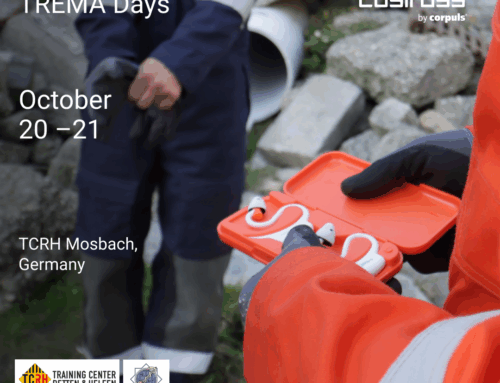Date: October 18, 2025
Language: German
Location: Winklern near Lienz, Austria
The Austrian Society for Military Medicine and Military Pharmacy (ÖGWMPh) invites to its annual scientific conference on October 17 and 18, 2025, at the Iselsberg Seminar Center in Winklern near Lienz. This year’s event will focus on the theme of “Civil-military cooperation.” cosinuss° will present its ultralight and mobile patient monitoring solution at the accompanying industry exhibition.
Civil-military cooperation
The annual conference focuses on medical, scientific, and military issues, particularly current forms of cooperation between civilian and military structures. Other topics include medical care in NATO, the German Armed Forces, and the Swiss Army. The conference program is complemented by an industry exhibition and various discussion panels. Around 50 to 70 national and international experts from the field of military medicine are expected to attend.
Ultralight and mobile patient monitoring
We will present our mobile patient monitoring system to participants at the annual conference in the industry exhibition. This solution is based on the c-med° alpha in-ear sensor, which weighs just 8.6 grams, in combination with the cosinuss° Health mobile application. This monitoring technology has already proven itself in mountain, air, and offshore rescue operations, as well as in various challenging situations (see references). We look forward to presenting the versatile applications of our technology and discussing its potential and specific application scenarios with participants.
More about the Austrian Society for Military Medicine and Military Pharmacy (ÖGWMPh)
The Austrian Society for Military Medicine and Military Pharmacy (ÖGWMPh) is a military policy association approved by the association authority with no party political or ideological affiliations. It aims to bring together all those interested in issues relating to military medicine and military pharmacy. The ÖGWMPh sees itself as a medical association that transfers scientific progress in a wide range of specialist disciplines to the framework conditions of a military doctor.







